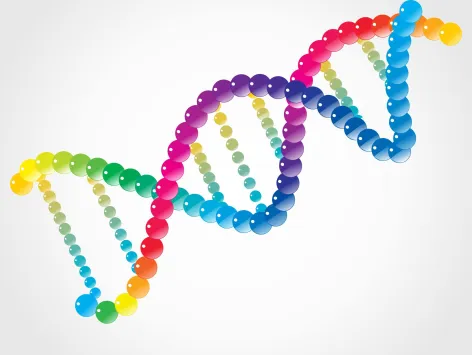Relations and functions are essential notions within the field of mathematics. Mathematical models are frequently employed to simulate and evaluate a diverse range of events, encompassing the dynamics of physical entities as well as the operational characteristics of computational algorithms.
The concept of relations refers to the connections or associations between different entities or elements.
A relation on a set A can be defined as a subset of the Cartesian product A×A. This implies that a relation can be defined as a set of ordered pairs, where each ordered pair consists of two elements selected from the set A.
As an illustration, let us consider the set A, which is defined as the collection of elements {1, 2, 3}. The subsequent examples illustrate relations on set A:
The set R1 is defined as {(1,1), (2,2), (3,3)}. The aforementioned is an illustration of the equality relation.
The relation R2 can be represented as a set of ordered pairs: R2 = {(1,2),(2,3),(3,1)}. The aforementioned relation might be classified as the greater than relation.
The relation R3 can be represented as a set of ordered pairs: R3 = {(1,1),(1,2),(1,3),(2,1),( The relation being referred to is the universal relation.
Functions are mathematical entities that establish a relationship between two sets of elements, known as the domain
A function can be classified as a distinct category of relation. A function f, which maps elements from a set A to a set B, can be defined as a relation where each element in A is uniquely associated with exactly one element in B.
As an illustration, let us consider two sets, A and B. Set A is defined as the collection of elements {1, 2, 3}, while set B is defined as the collection of elements {4, 5, 6}. The subsequent illustration represents a function mapping elements from set A to set B.
The set f is defined as {(1, 4), (2, 5), (3, 6)}.
The given function establishes a mapping between the elements of set A and set B. Specifically, it maps element 1 in set A to element 4 in set B, element 2 in set A to element 5 in set B, and element 3 in set A to element 6 in set B.
The characteristics of relations and functions
Relations and functions possess several significant qualities. The following properties are enumerated below:
Reflexive: A relation is considered reflexive when each element within the set is connected to itself. For instance, the equality relation exhibits the property of reflexivity.In the context of relations, symmetry refers to the property where, for each given pair of elements (a,b) within the relation, the pair (b,a) is also a part of the relation. An illustration of this concept is that the equality relation exhibits symmetry.
In the context of relations, transitivity refers to a property whereby, for every given set of three components (a,b), (b,c), and (a,c) within the relation, the pair (a,c) is also included in the relation. For instance, the relation of greater than exhibits the property of transitivity.
Injective functions, also known as one-to-one functions, are defined as functions in which no two items in the domain are mapped to the same image. The aforementioned function f is injective.
A function is said to be surjective, or onto, if for every element in the codomain, there exists at least one element in the domain that maps to it. The function f, as defined previously, lacks surjectivity as it fails to map the element 5 in the codomain to any element in the domain.
A function is considered bijective, or one-to-one and onto, if it satisfies both the properties of injectivity and surjectivity. The function f, as stated previously, does not possess the property of being bijective.
The utilisation of relations and functions in various contexts
Relations and functions find extensive applicability across various domains, encompassing:
Relations and functions play a key role in various branches of mathematics, including algebra, calculus, and geometry.
Relations and functions have a crucial role in various domains of computer science, including algorithm design and data structures.
Relations and functions have a crucial role in various domains of physics, including mechanics and electromagnetic.
In the field of economics, relations and functions play a crucial role in various domains, including but not limited to supply and demand analysis and the determination of market equilibrium.
In conclusion, it can be inferred that the aforementioned evidence supports the notion that the stated argument
Relations and functions are essential mathematical notions that have a broad range of applications. Through the comprehension of these fundamental principles, students can acquire a more profound comprehension of mathematics and its practical implications in several disciplines.
Supplementary Remarks for Students in the Second Pre-University Course (II PUC)
The syllabus for the second year of pre-university education (II PUC) pertaining to the subject of relations and functions encompasses the subsequent areas of study:
The purpose of this paper is to provide an introductory overview of relations and functions, two fundamental concepts in mathematics. Relations and functions are essential tools for understanding and analysing the relationships between sets of elements. By examining the properties and characteristics of relations and functions,
There are various classifications of relationships.
The characteristics of functionsanalyzing
The concept of composition of functions refers to the mathematical operation of combining two or more functions to create a new function. This operation involves applying one function to the output of another
The inverse of a function refers to a mathematical operation that undoes the effect of the original function.
Binary operations are mathematical operations that involve two operands or elements. These operations are commonly used in various branches of mathematics, such as algebra




